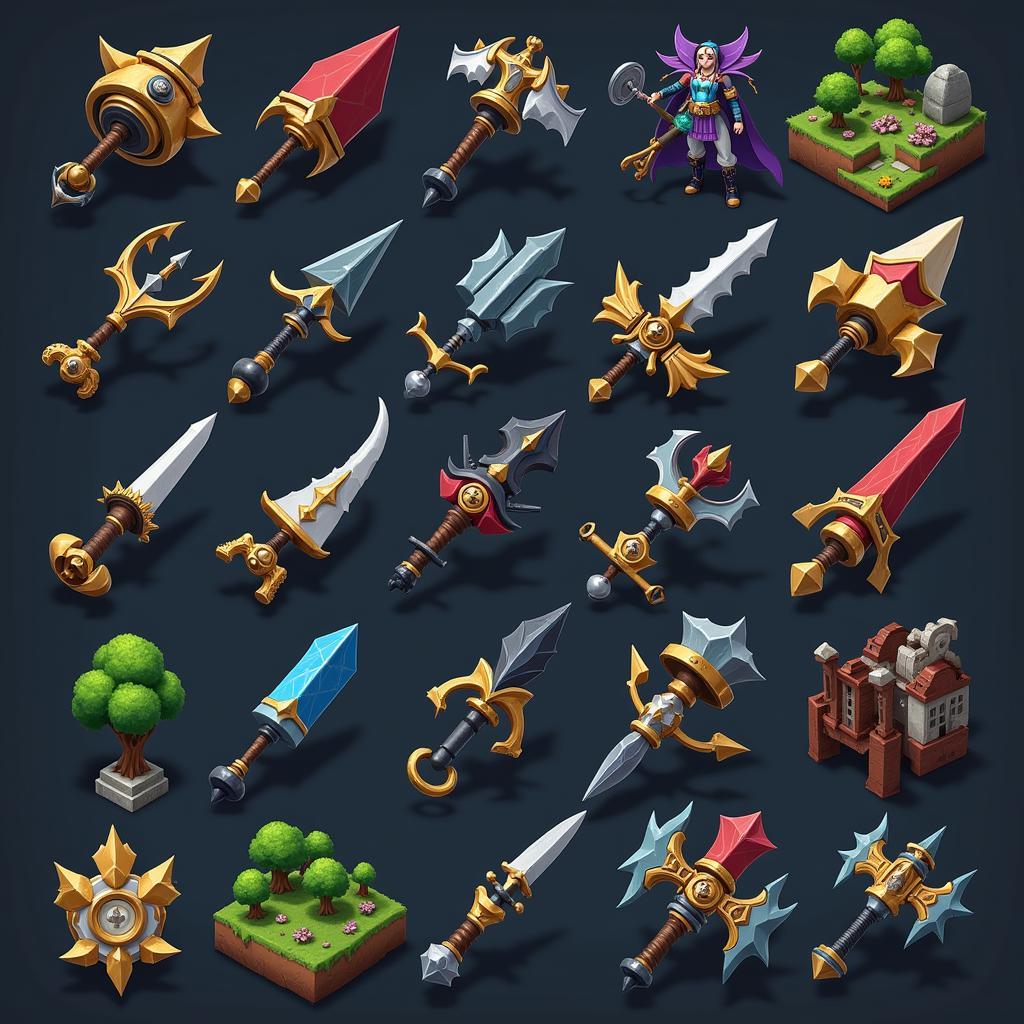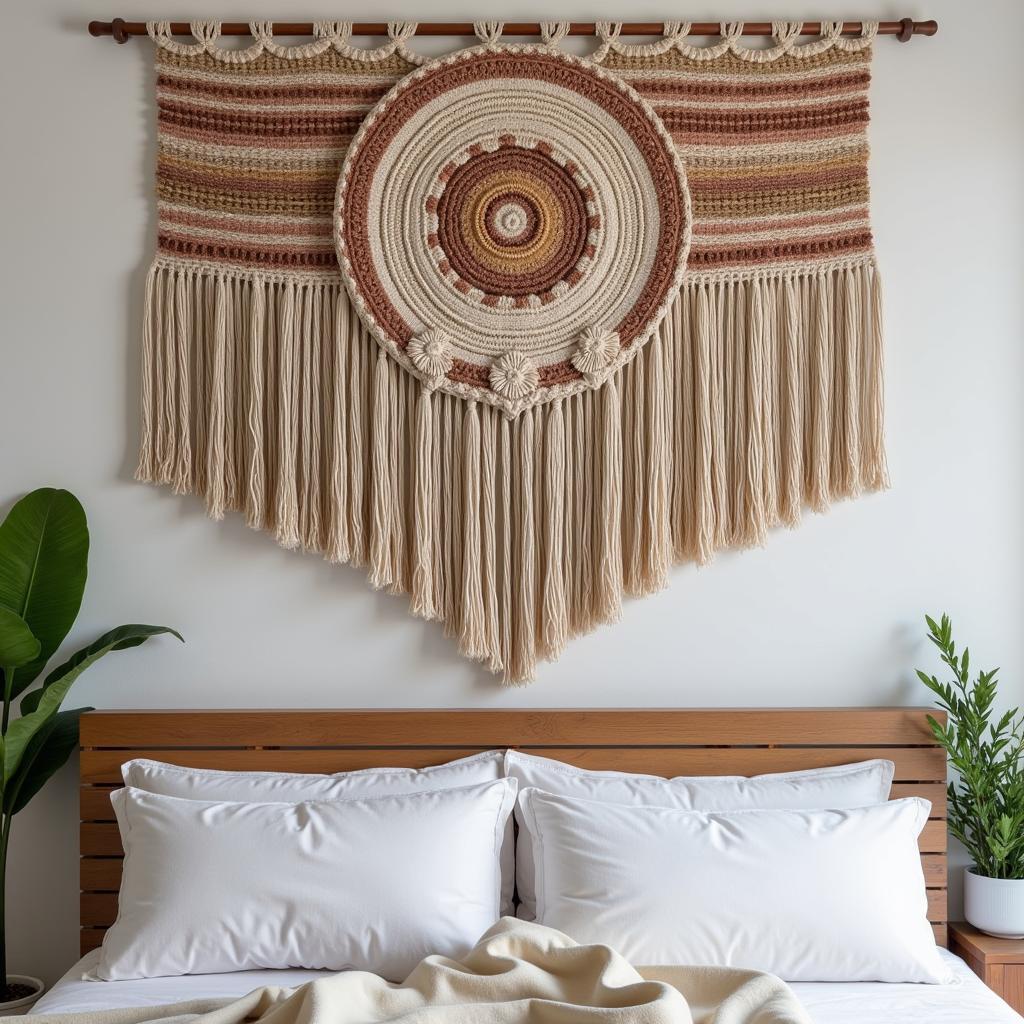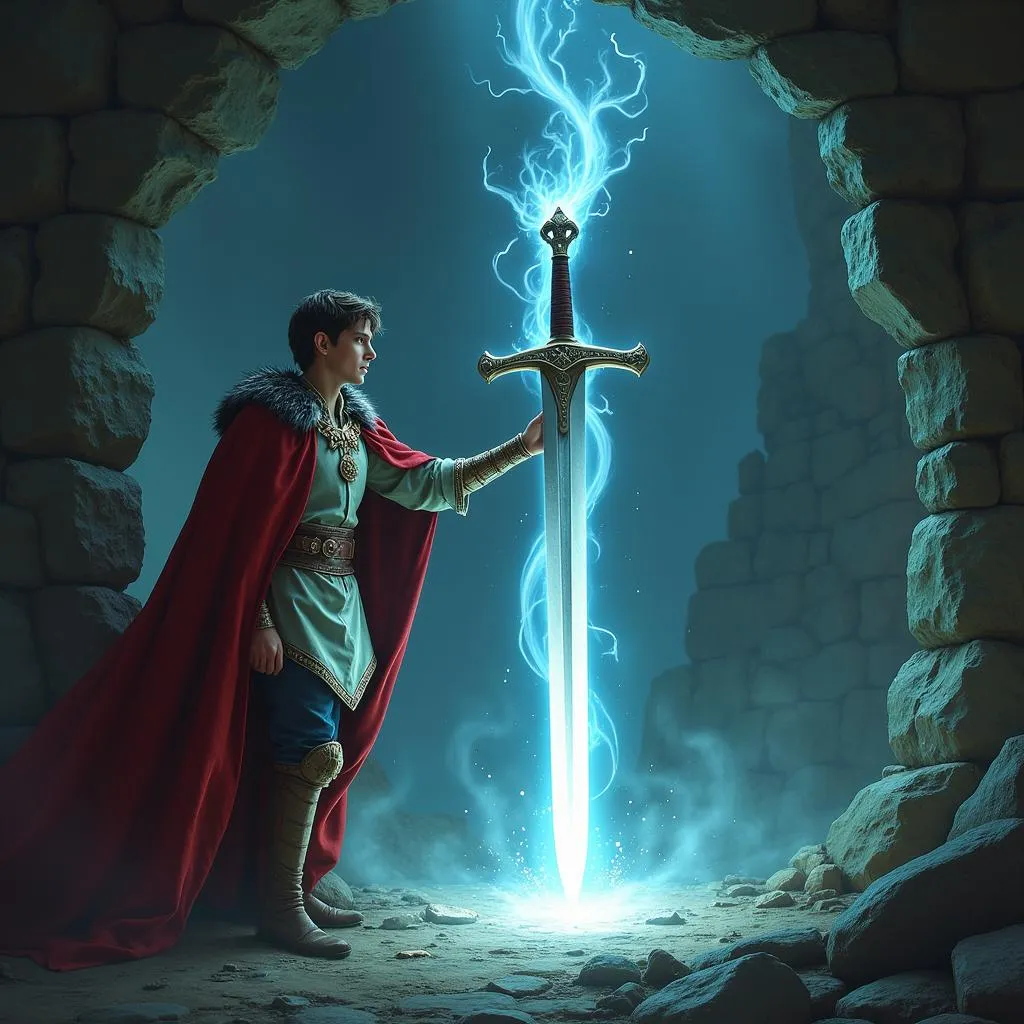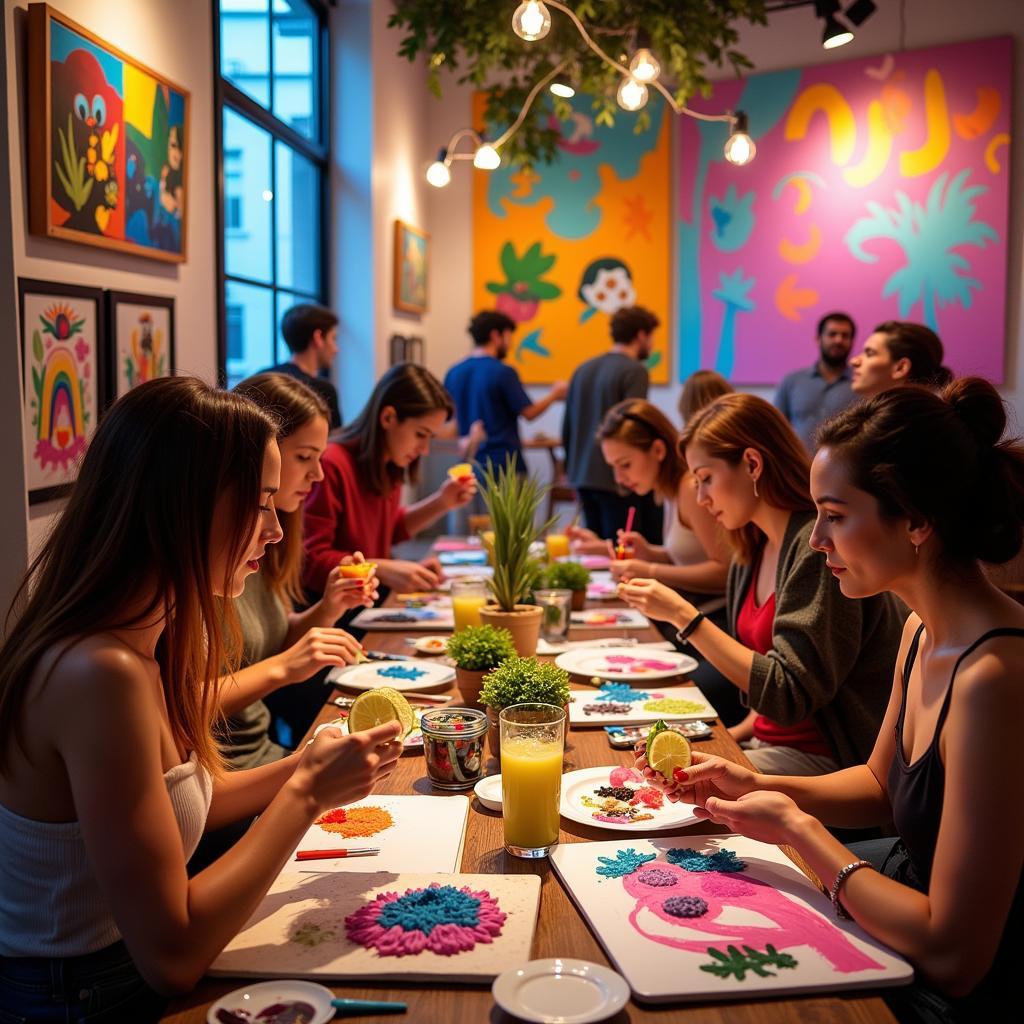Exploring Abstract Art Instruments
Abstract art often evokes a sense of mystery, inviting viewers to interpret the piece based on their own experiences and emotions. But what about the “instruments” used to create these evocative works? Beyond the traditional brushes and palettes, Abstract Art Instruments encompass a wide range of tools and techniques that push the boundaries of creative expression. We’ll delve into this fascinating world, exploring how artists utilize unconventional methods to achieve unique and compelling results. Let’s embark on a journey into the diverse world of abstract art instruments. Check out some stunning nautical chart art for inspiration.
Unconventional Tools for Abstract Expression
Abstract art encourages experimentation, inviting artists to venture beyond conventional tools. This exploration often leads to innovative uses of everyday objects as instruments of artistic creation. Think beyond brushes and consider the possibilities of palette knives, sponges, rollers, and even rags. These tools, when wielded with intention, can create textures and effects unattainable with traditional methods. Imagine the dynamic strokes achieved with a palette knife, the subtle layering possible with a sponge, or the expansive coverage offered by a roller. Each instrument introduces a unique vocabulary to the abstract artist’s repertoire.
Beyond these adapted tools, artists often embrace the unexpected. Found objects, from scraps of metal and wood to natural elements like leaves and stones, become integral components of the artwork. These unconventional instruments add a layer of depth and meaning, grounding the abstract in tangible reality. The use of these diverse instruments expands the possibilities of abstract art, pushing the boundaries of what’s considered “art” and challenging viewers to reconsider their perceptions.
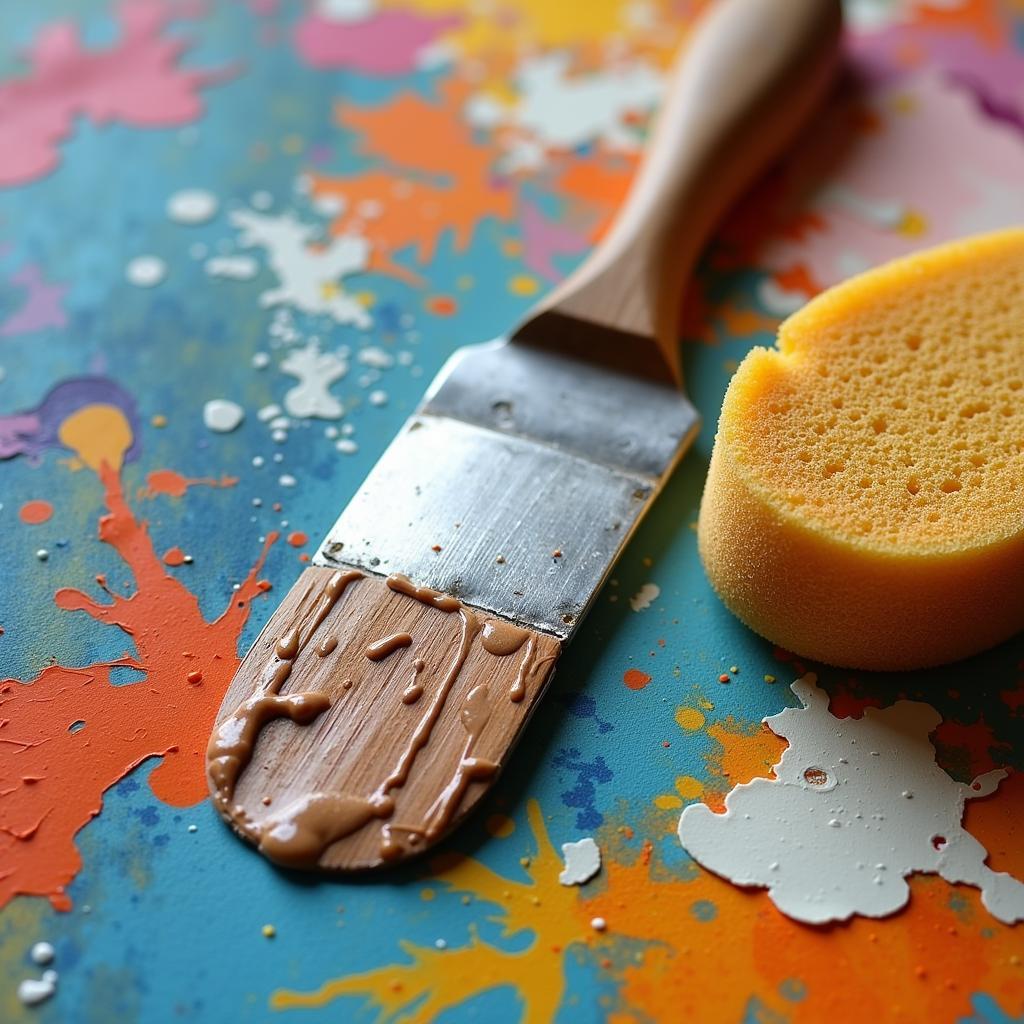 Abstract Art Tools: Palette Knife and Sponge
Abstract Art Tools: Palette Knife and Sponge
Digital Tools in the Abstract Realm
The digital age has ushered in a new era for abstract art, offering a wealth of digital instruments for artists to explore. Software programs like Photoshop, Illustrator, and Procreate provide a virtual canvas and a diverse toolkit for creating and manipulating abstract forms. Digital brushes, filters, and effects offer infinite possibilities for experimentation and innovation. Artists can seamlessly blend colors, create intricate patterns, and manipulate textures with precision, pushing the boundaries of traditional media.
Furthermore, digital tools offer the unique advantage of undo and redo functionalities, allowing artists to freely experiment without the fear of permanent mistakes. This fosters a spirit of playfulness and exploration, leading to unexpected discoveries and innovative techniques. Digital art also offers unparalleled accessibility, allowing artists to create and share their work with a global audience. Consider checking out some unique guitar metal art crafted with similar innovative spirit.
Mastering Abstract Art Instruments: Techniques and Approaches
The true power of abstract art instruments lies not just in the tools themselves, but in the techniques and approaches employed by the artist. Layering, for example, is a fundamental technique that involves applying multiple layers of paint or other media to create depth and complexity. This technique, regardless of the instrument used, allows artists to build rich textures and interplay between colors, adding a sense of dimension to the artwork.
Another essential technique is mark-making, which refers to the various ways an artist applies paint or other media to the surface. From bold brushstrokes to delicate scratches, each mark contributes to the overall composition and meaning of the piece. Think of the expressive brushstrokes of Jackson Pollock or the subtle textures of Mark Rothko. These artists masterfully used their chosen instruments to create their signature styles. Explore the vibrant world of blues music art and see how different techniques evoke emotions.
What are some common abstract art instruments?
Common abstract art instruments range from traditional tools used in unconventional ways, such as palette knives, rollers, and sponges, to found objects like leaves and metal scraps. The digital realm provides its own set of tools, including software like Photoshop and Illustrator, and digital brushes and filters.
How can I learn to use these instruments effectively?
Experimentation is key. Start by exploring different tools and techniques, observing how they interact with the media you choose. Online tutorials, workshops, and observing the work of established abstract artists can provide valuable insights and inspiration.
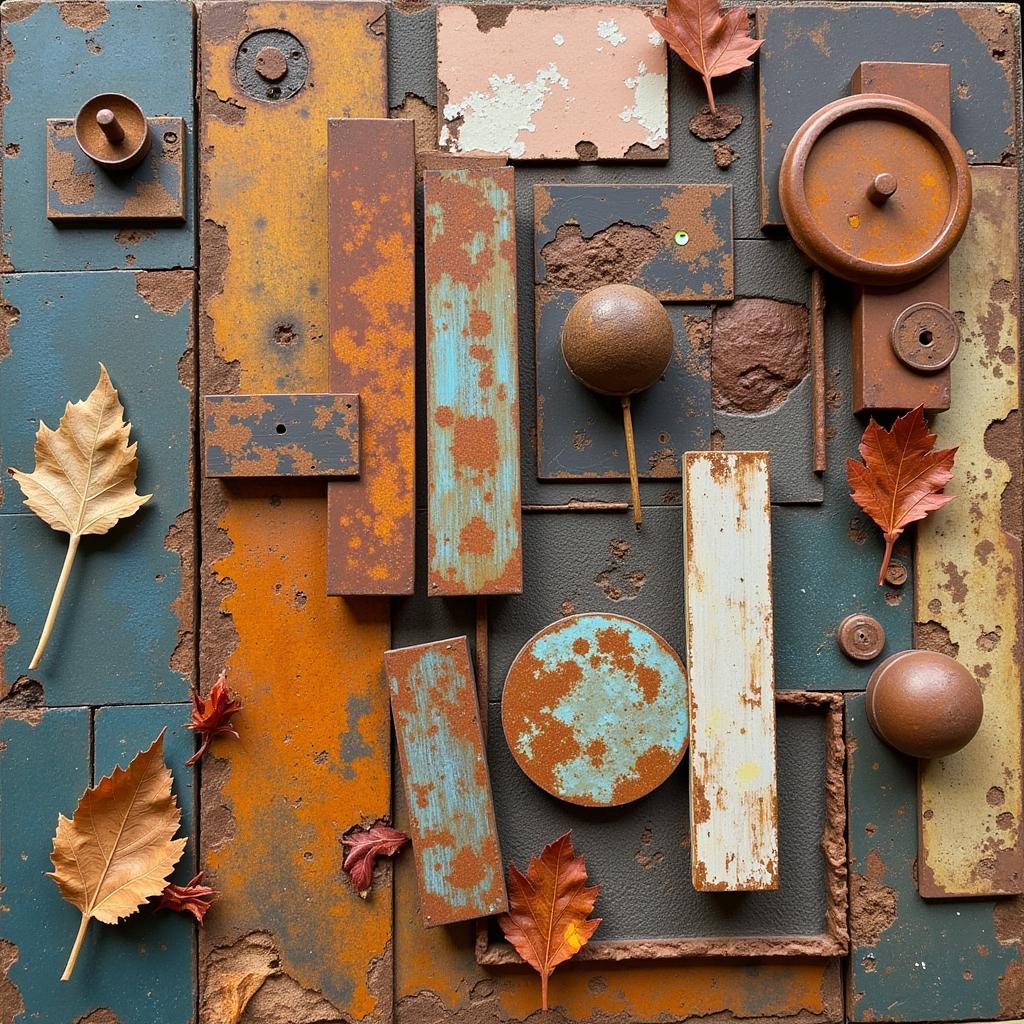 Abstract Art Using Found Objects
Abstract Art Using Found Objects
Conclusion
From traditional tools used in innovative ways to the boundless possibilities of the digital realm, abstract art instruments offer a vast and exciting landscape for creative exploration. By mastering these tools and techniques, artists can push the boundaries of their artistic expression, creating truly unique and evocative works that resonate with viewers on a profound level. Embrace the experimentation and discover the power of abstract art instruments for yourself. Delve into the whimsical world of garden fairy metal art to see how different mediums can inspire creativity. If you are drawn to musical inspiration, viola alt art is another avenue to explore.
FAQ
-
What are the most basic abstract art instruments? Brushes, palette knives, and sponges are good starting points.
-
Can I use everyday objects as abstract art instruments? Absolutely! Found objects can add unique textures and meaning to your work.
-
What are the benefits of using digital tools for abstract art? Digital tools offer flexibility, precision, and the ability to easily experiment and undo mistakes.
-
How can I improve my abstract art techniques? Practice, experimentation, and studying the work of other artists are crucial.
-
Where can I find inspiration for abstract art? Nature, music, emotions, and other art forms can all be sources of inspiration.
-
What are some popular abstract art styles? Abstract Expressionism, Cubism, Surrealism, and Minimalism are just a few examples.
-
How do I choose the right abstract art instruments for my style? Experiment with different tools and techniques to find what best suits your artistic vision.
Other questions that might arise:
- What are some advanced techniques for using abstract art instruments?
- Where can I find affordable abstract art instruments?
- How do I clean and maintain my abstract art instruments?
- Are there any online communities or forums for abstract artists?
- How can I sell my abstract artwork?
Explore other articles on our website for more insights into various art forms.
Need help?
Contact us:
Phone: 02462573573
Email: danteum@gmail.com
Address: Savico Megamall, 7-9 Đ. Nguyễn Văn Linh, Gia Thụy, Long Biên, Hà Nội 10000, Việt Nam.
We have a 24/7 customer support team ready to assist you.
